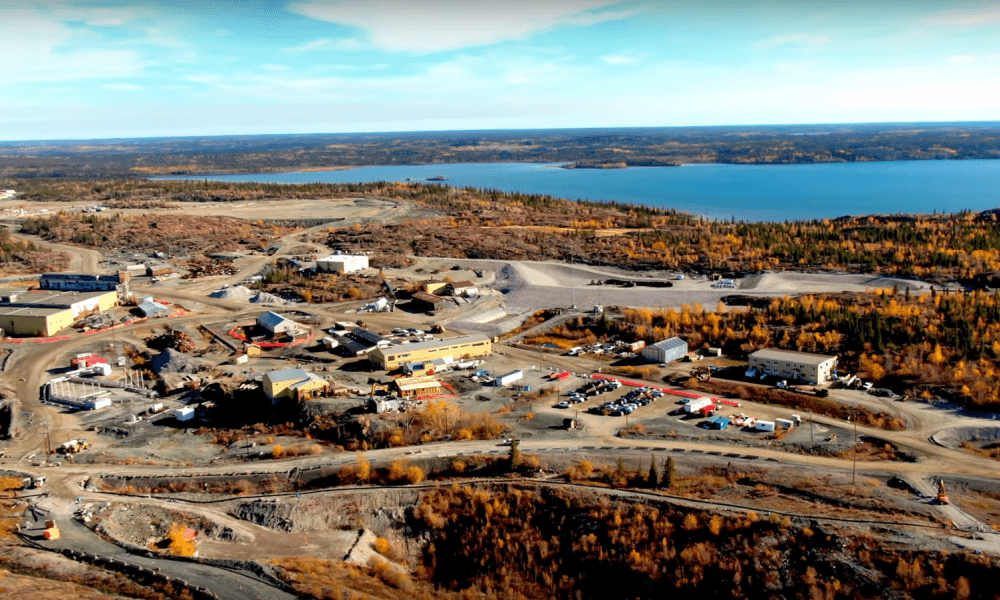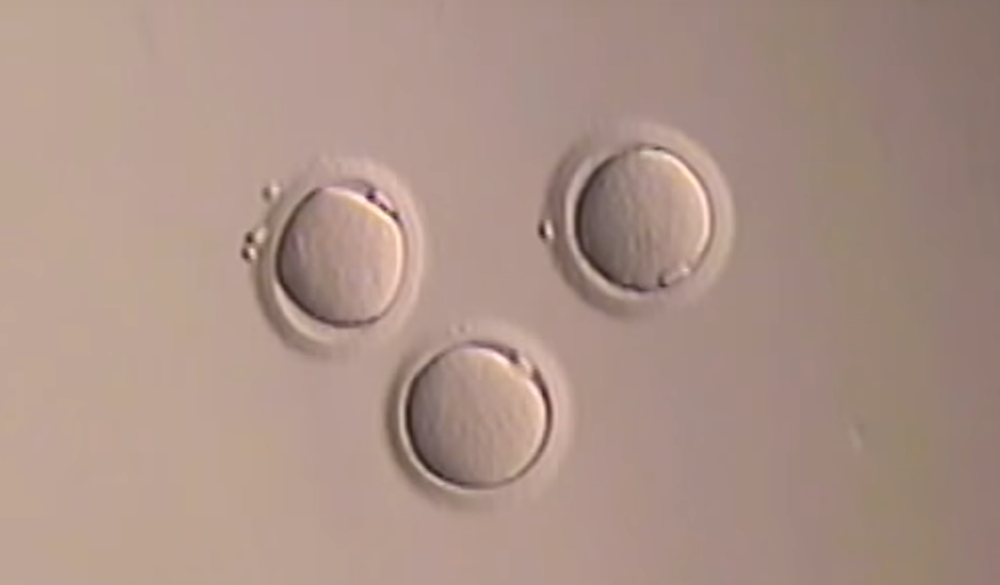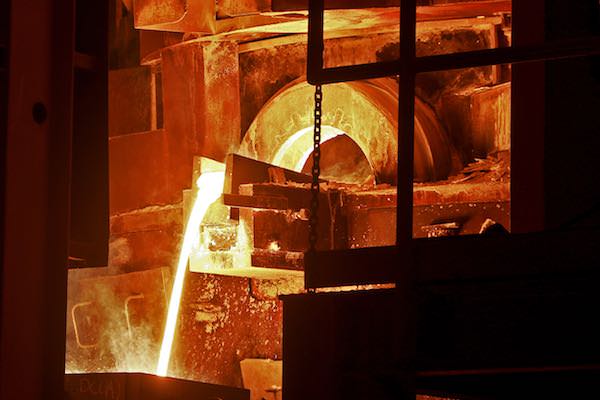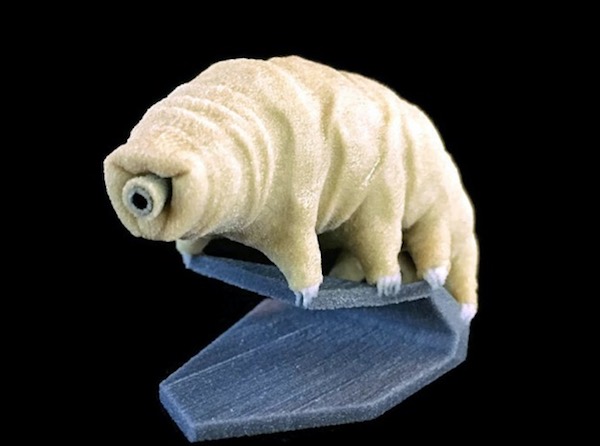Giant Mine is a closed gold mine located just north of Yellowknife, Northwest Territories, Canada. Efforts are underway to remediate the site, including a study on the potential of vitrification as a permanent solution to the site’s toxic arsenic trioxide dust.
Read MoreVitrification is the process through which a material turns into a glass or glasslike substance by undergoing rapid cooling. Though the discovery this year that a man’s brain vitrified during the Mount Vesuvius eruption surprised some people, vitrification of human tissue is actually a well-established practice in fertility treatment.
Read MoreResearchers have successfully converted radioactive waste into glass through vitrification at the Hanford Nuclear Site. The test is part of an overall plan to send low-activity waste directly to the vitrification facility via Direct Feed Low-Activity Waste system.
Read MoreNew atomistic simulations by researchers at the University of California, Los Angeles and Oak Ridge National Lab are revealing that irradiated materials are even more disordered that previously thought—calling into question the safety of vitrified nuclear waste.
Read MoreNew research reveals that tardigrades encode a specific set of proteins that allow the animals’ insides to undergo vitrification, using glassy materials to prevent cellular damage that would otherwise occur when the animals desiccate.
Read More• University of Sheffield researchers have shown that glass could be a better method for long-term storage, transport and disposal of intermediate level nuclear waste. ILW makes up more than…
Read MoreAldo Boccaccini is a professor in materials science at Imperial College, U.K. and a member of the London Center for Nanotechnology, a joint project between Imperial College and University College,…
Read More






